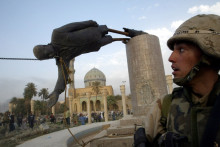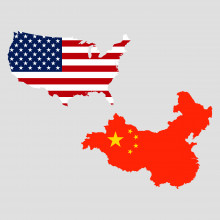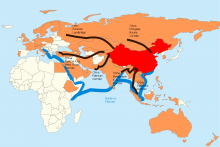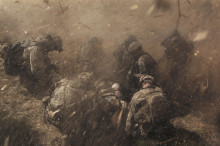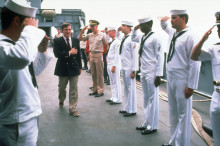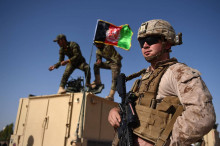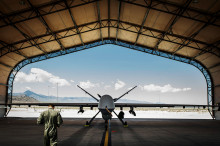National Defense Strategy
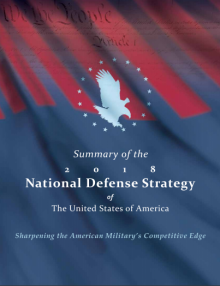
The United States faces a wide-array of threats today, from peer competitors like China and Russia seeking to shape the world to their needs and upset the global international order, to rogue nations like North Korea and Iran that are increasingly unstable and who want to take on America as a convenient foe, to the threat of global terrorism, represented most prominently by ISIS.
That is why the Department of Defense publishes a National Defense Strategy that addresses the ends, ways and means the nation will use to ensure the security and prosperity in a dangerous world. While past strategies could be faulted for being too long, complex, and dense, this document is pithy and on point. Here is how it begins:
The Department of Defense’s enduring mission is to provide combat-credible military forces needed to deter war and protect the security of our nation. Should deterrence fail, the Joint Force is prepared to win. Reinforcing America’s traditional tools of diplomacy, the Department provides military options to ensure the President and our diplomats negotiate from a position of strength.
Today, we are emerging from a period of strategic atrophy, aware that our competitive military
advantage has been eroding. We are facing increased global disorder, characterized by decline in the long-standing rules-based international order—creating a security environment more complex and volatile than any we have experienced in recent memory. Inter-state strategic competition, not terrorism, is now the primary concern in U.S. national security.

